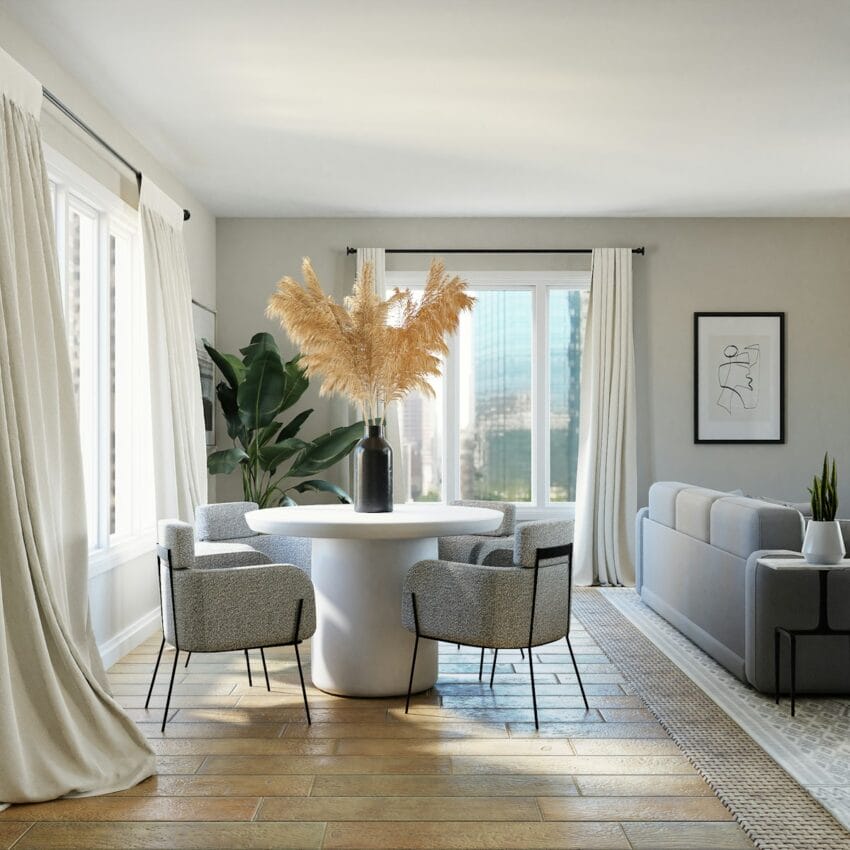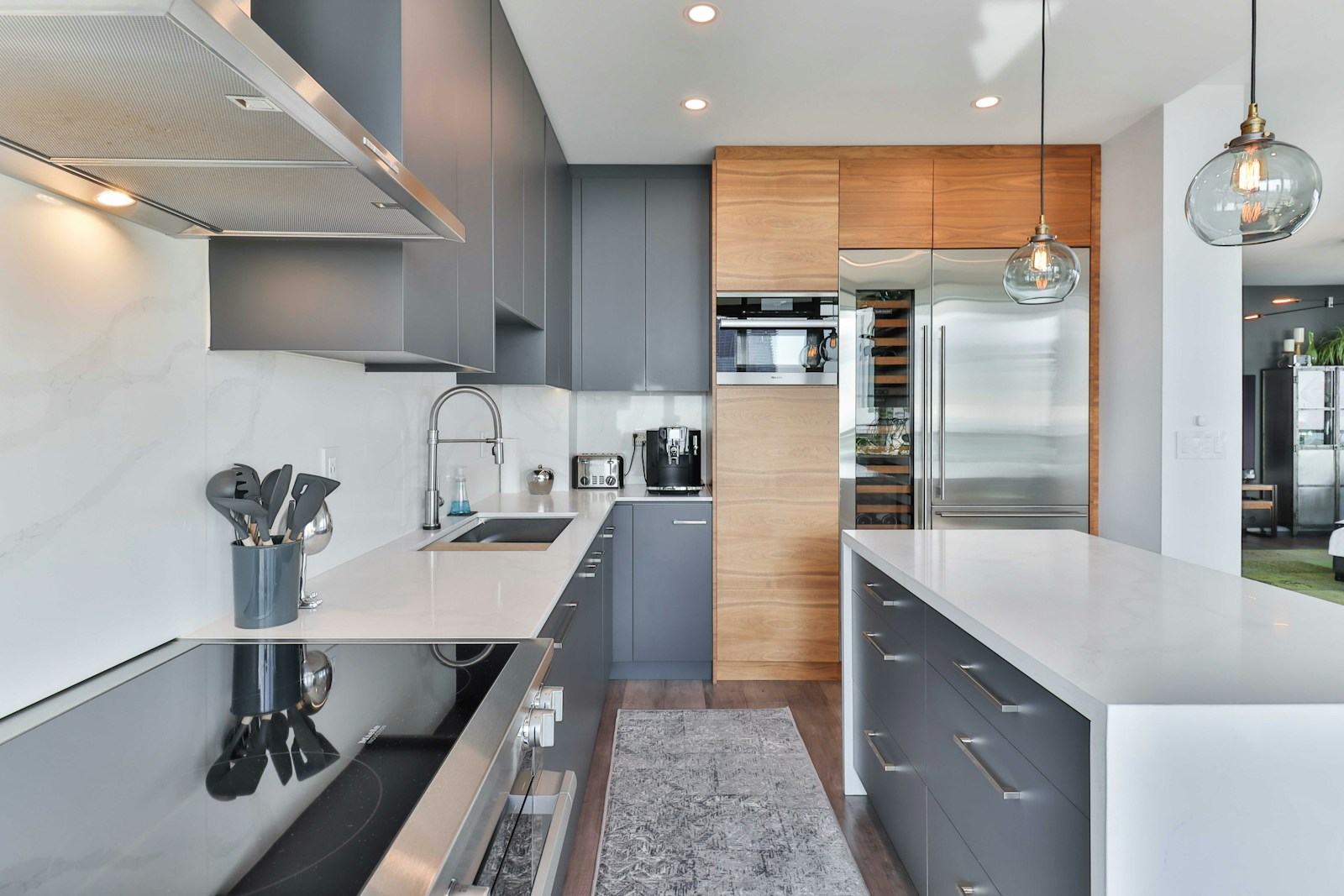A home decor project is an exciting endeavor, but managing the myriad tasks involved can be a daunting challenge. From selecting color schemes to coordinating deliveries, every detail demands attention.
In this article, we will explore expert strategies for effective task management in a home decor project, ensuring a seamless and successful execution.

Comprehensive Planning
The cornerstone of any successful home decor project is comprehensive planning. Start by clearly defining your project goals and establishing a realistic budget. Break down the project into distinct phases, such as conceptualization, design development, procurement, and implementation.
One popular approach is the ABCD method, which stands for assess, budget, create, and develop. This method encourages a thorough assessment of project requirements, establishing a clear budget, creative brainstorming, and detailed development planning.
According to Forbes, another effective planning technique involves the use of the RACI matrix. In this method, responsibilities are categorized into responsible, accountable, consulted, and informed. Applying the RACI matrix ensures that each task is assigned to the right team member with a clear understanding of their role.
Assign specific tasks to each phase and set achievable milestones. This detailed roadmap will serve as your guide throughout the project, providing clarity and direction.
Regularly revisit and reassess your plan, making adjustments as needed. Being flexible is essential since unexpected challenges can come up. By having a solid foundation in place, you create a framework that allows you to confidently navigate the complexities of your home decor project.
Collaborative Decision-Making
Home decor projects often involve various stakeholders, each with unique perspectives and preferences. Foster a collaborative environment by actively engaging all parties in decision-making processes.
Hold regular meetings to discuss design ideas, preferences, and concerns. Encourage open communication to ensure everyone feels heard and valued. By involving stakeholders in the decision-making process, you not only harness collective creativity but also build a sense of ownership and commitment.
This collaborative approach helps prevent misunderstandings, enhances project cohesion, and contributes to a more satisfying end result for everyone involved.

Efficient Resource Allocation
Effectively managing resources is a critical aspect of successful home decor projects. Begin by creating a detailed budget that outlines all anticipated expenses, including materials, labor, and miscellaneous costs. To create a budget, you must have an idea of how much interior designers typically charge.
According to HomeGuide, the typical hourly rate for an interior designer is between $50 and $200. This is in addition to the cost of accessories and furniture, which are inflated based on their charge structure. Most people spend between $1,900 and $11,200, or $5 and $12 per square foot, for consulting, management, design, and furnishings.
Allocate resources according to priority, focusing on key elements that align with your design vision. Regularly review and update your budget as the project progresses, making adjustments as necessary.
Keep a close eye on expenditures to prevent overspending, and be prepared to reallocate resources based on changing priorities or unexpected costs. Wise resource allocation is key to keeping your project on budget and ensuring a smooth financial journey.
Timely Procurement and Delivery
Timely procurement and delivery are crucial components that can significantly impact the overall timeline of a home decor project. Identify reliable suppliers early on and establish clear communication channels with them.
Develop a procurement schedule that aligns with the project timeline, taking into account lead times for materials and potential delays.
Regularly check in with suppliers to ensure they are on track and address any potential issues promptly. By proactively managing the procurement and delivery process, you minimize the risk of delays and keep your project running smoothly.
Quality Control
Maintaining a high standard of quality control is essential to achieving the desired outcome in a home decor project. Regularly inspect workmanship and materials at various stages of the project to identify any deviations from the plan.
Address any issues promptly to prevent them from escalating and impacting the overall project timeline. Establish clear quality standards from the outset and communicate them to all involved parties.
Regular check-ins and inspections will help ensure that the project meets the desired level of excellence. This will also allow any necessary adjustments to be made in a timely manner.
Field Service Management Software
Incorporating field service management (FSM) software into your home decor project can significantly enhance efficiency. These advanced tools streamline communication, automate scheduling, and provide real-time updates on project progress.
By centralizing information and communication, everyone involved in the project can access the latest data, reducing the risk of miscommunication or delays. TechnologyAdvice highlights that field service management software also allows for better coordination among team members, suppliers, and contractors.
It facilitates the tracking of tasks, schedules, and deadlines, making it easier to identify bottlenecks and address them promptly. The integration of technology not only improves overall efficiency but also enhances collaboration in the project.
According to Workiz, efficient job scheduling is a critical component of FSM software. It allows you to allocate tasks to specific team members or contractors, ensuring a coordinated and synchronized workflow. The software factors in dependencies, deadlines, and the availability of resources, automatically optimizing the schedule for maximum efficiency.
By utilizing job scheduling for FSM, you can avoid bottlenecks in your project timeline. Assign tasks based on skill sets, availability, and project priorities. The software also considers potential conflicts, helping you create a realistic and achievable schedule. This level of precision in planning minimizes downtime, maximizes productivity, and keeps your home decor project on track.
Flexibility and Adaptability
Despite meticulous planning, unexpected challenges are inevitable in home decor projects. Cultivating a mindset of flexibility and adaptability is crucial to navigating these unforeseen obstacles.
Be prepared to adjust timelines, budgets, and plans as needed without compromising the overall project goals. Regularly assess the project’s progress and be proactive in addressing challenges as they arise.
Communicate openly with stakeholders about any necessary adjustments and seek creative solutions to keep the project moving forward. A flexible approach allows you to overcome unexpected hurdles with resilience, ensuring the success of your home decor project in the face of adversity.
In summary, successful home decor projects necessitate a holistic approach encompassing meticulous planning, collaborative decision-making, resource efficiency, timely procurement, and rigorous quality control. The integration of field service management software elevates project efficiency, fostering seamless communication and scheduling.
Flexibility and adaptability are paramount for navigating unforeseen challenges. By implementing expert strategies, such as the ABCD method and RACI matrix, stakeholders can navigate the complexities of interior design with confidence.
Ultimately, open communication, proactive adjustments, and vigilant milestone tracking lead to a successful home decor project with a balance between creativity and efficiency.
Want a modern home on a budget?
Subscribe and get this FREE GUIDE to learn the tips, tricks, and my best resources to create a family-friendly modern home on a budget!


